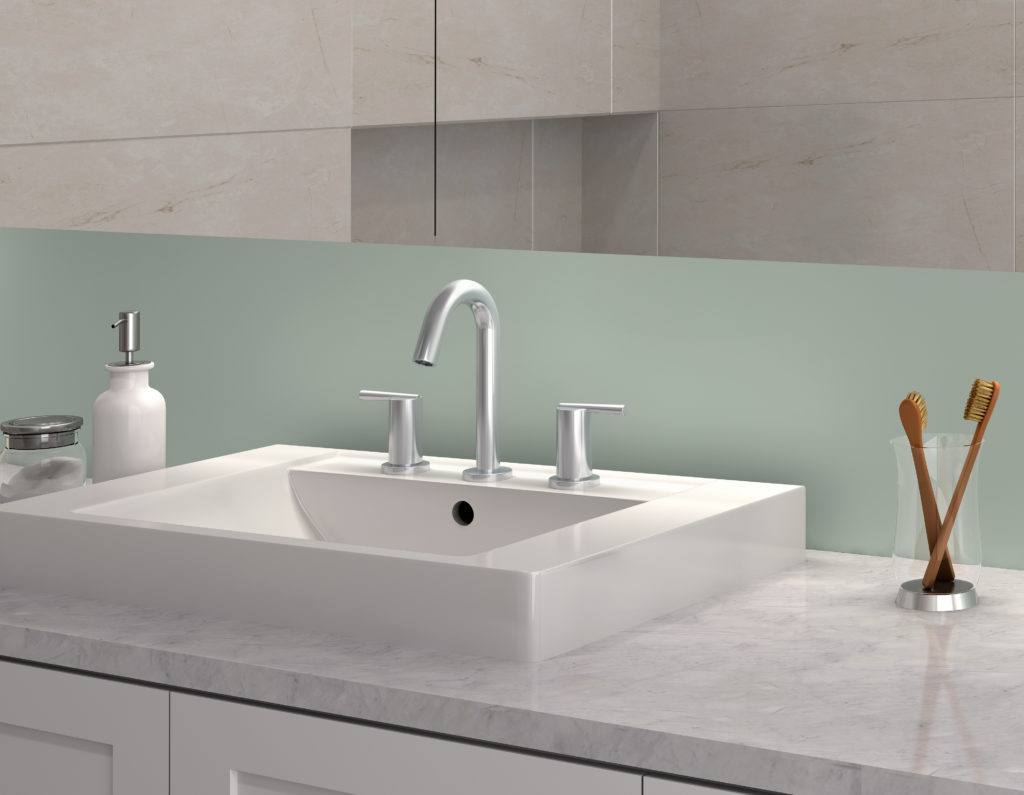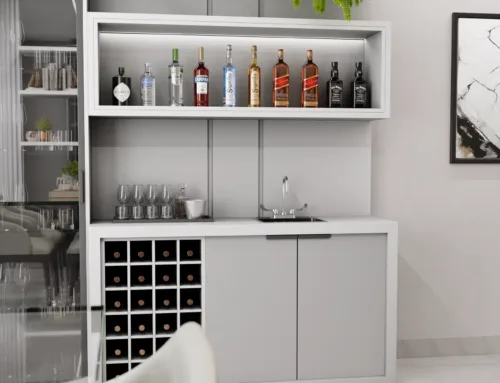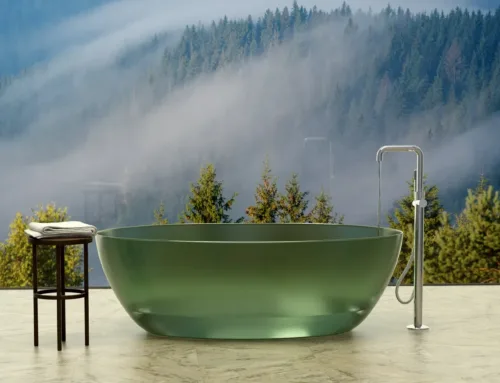
How to Talk to Your Client About Maintaining Their New Faucet
When helping your client with design decisions about their new or upgraded kitchen or bathroom, it’s important to go over all the small details. Communication is key in building a strong relationship between architects, designers and their clients.
That’s why covering details like maintenance of their new faucet will go a long way in ensuring your clients are satisfied and know they have made the best decisions possible for their kitchens and bathrooms.
When talking to your client about faucet maintenance, there are a few points to cover. Without proper maintenance, their faucets won’t last as long — and they’ll come to you to understand why. By having the conversation before the new faucets are used, you’ll equip them with all the information they need to ensure a long life for their fixtures.
Keep reading for information on how to talk to your client about maintaining their new faucet.
Why Is Disclosing Faucet Maintenance Important?
This applies to all projects, not just kitchen and bathroom design: Communication is the most important aspect of project completion.
Part of that communication is details about faucet maintenance. It may not seem as fun or glamorous as shopping for the most beautiful parts, but it is an essential part of making sure your client makes the best decision for their needs — whether that’s single family, multifamily or commercial use. Maintenance includes knowing what to look for, spring cleaning and discussions about longevity.
Without disclosing faucet maintenance, you run the risk of your client being dissatisfied with their faucet choice, with damaged faucets and the very real possibility of replacement — using a different designer or architect. This situation can be avoided.
Faucet Finish Is Key
Is your client leaning towards a unique finish like brushed copper? Or perhaps they want a high-shine chrome look? Faucet finish has a direct impact on the regular maintenance of the faucet.
Faucet finish determines what cleaning agents should and should not be used. If you don’t disclose how to clean faucets to your client, including what agents, they may improperly clean and damage their faucets within a few months of them being installed.
For most faucets, soap and warm water with a soft cloth will do the trick. A diluted vinegar solution will help break up buildup, but for finishes like brushed nickel, the solution should be even more diluted. Remember, vinegar is an acid and will corrode some finishes more than others. Diluting it will avoid corrosion.
Soap on the other hand is alkaline, meaning it is on the other spectrum of the pH scale and opposite acid. However, this doesn’t mean it may not be just as corrosive. Some soaps can be incredibly corrosive and the stronger the agent, the more corrosive it can be. In most cases, a very mild soap (closes to a pH 7), will do the trick. Soap’s main purpose is to collect grease, not break down buildup from water, like calcium and iron.
When in doubt, it’s important to advise your client to look at labels before they use the agent. For more information on kitchen and bathroom faucet maintenance, check out this guide.

What Maintenance Regime Is Best for Your Client?
Sticking to a maintenance regime will help keep your clients’ faucets pristine and long-lasting. It can even help avoid early replacement needs.
There are different maintenance regimes for different lengths of time: daily, weekly, monthly and yearly.
Daily Maintenance
Daily bathroom or kitchen faucet maintenance is fairly simple. You’d be surprised what a minute or two of daily maintenance can do to eliminate corrosion.
On a daily basis, it’s important to give the faucet a quick wipe down with a gentle cloth and mild soap (no bleach or ammonia). This will remove daily grime like toothpaste (which is alkaline and corrosive). For all kitchen and bathroom faucet finishes, a soft microfiber cloth will do the trick. No abrasive sponges!
Weekly Maintenance
Once a week, advise your client to give their faucets a closer inspection. This is the time to check for mineral buildup (which, if they’ve been keeping on top of maintenance, should be minimal if at all).
However, if there is some buildup, a mild vinegar-and-water solution applied with a gentle cloth to the area of buildup will get rid of it right away. Soak the area (and only that area) with the solution for up to one hour, then rinse thoroughly and towel it dry. Voila! Just like new.
Monthly Maintenance
Monthly maintenance takes a few minutes more, but it will help your client keep their faucets good as new (and last much longer).
There are a few steps to monthly maintenance. The first is cleaning the faucet aerator. For most faucets, the aerator can be removed by unscrewing the cap at the end of the faucet.
Soak the aerator in a gentle and diluted solution of vinegar, dish soap and water. Once it’s soaked, run it under the faucet until all solution is rinsed off. Then, place the aerator back into the faucet and reattach the cap. A properly cared-for aerator will help with faucet water pressure, reducing water waste.
Next, give the faucet a quick check for any leaks. If there are any, call a pro to help with this. Also, check the warranty — depending on why it’s leaking, you may be covered.
Finally, finish the faucet with a specially made wax to protect it from rust. But not all wax finishes are the same. Best to check the faucet information guide and always look at product labels.
For more information on what type of faucet is best for your client, check out this article.
Yearly Maintenance
Yearly faucet maintenance can be done with regular spring cleaning. To help your clients give their faucets a proper spring clean, let them know that for the most part, all that is really needed is a good wipedown. If there is any mineral buildup, address it like they would for a weekly clean. Remember, not all finishes are the same.
For those tough faucet bases though, it’s hard to get into the cracks. Dental floss or a toothbrush is perfect for the job.
For more advice on how to give a bathroom or kitchen a full spring clean, check out this guide.

Talk About Realistic Expectations
Keeping your client apprised of all aspects of their bathroom and kitchen faucets will help keep expectations realistic. Top of that list should be the budget. This doesn’t mean that if your client wants quality, they have to sacrifice style or vice versa. There are a few factors to consider when talking about budget.
Make sure the manufacturer is reputable. Pioneer offers quality products that won’t break the budget, and all come with an industry-leading, 10-year commercial installation warranty. Plus, there is always a live person to talk to if your client has any questions or concerns!
Going over the warranty with your client will also help them feel at ease, trust you and trust the product they are purchasing.
Want to go the extra mile for your client? Here are a few tips on how they can keep their homes maintained on a yearly basis.
Ready to Get Started?
Are you ready to get started? Click here for for inspiration, or contact us today and speak with one of our skilled team members.








